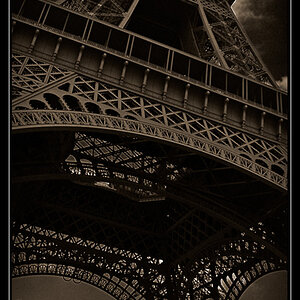cwcaesar
TPF Noob!
- Joined
- Nov 26, 2012
- Messages
- 307
- Reaction score
- 52
- Location
- Middle Tennessee
- Can others edit my Photos
- Photos OK to edit
My wife and I are going to be at a Baby Shower at a nearby Church this Sunday. (We are expecting our third girl) Of course, I will have my camera with me, but I have some concerns about the lighting in the room. I have taken pictures there before and was not at all thrilled with the lighting. This room is big enough to have a basketball court, and is 30 to 40 feet high. It has white walls to about 10 feet up, and then turns to brown the rest of the way up, including the ceiling. 3 windows on one wall, on other windows. Too few halogen lamps in the ceiling.
So, last time I took photos there all I had was the pop-up flash and a D7000. Now I have a SB-700 and a D600. I feel I will gain something in the ISO between the two cameras, but not enough difference to overcome the poor lighting. I don't have a ceiling to bounce the flash off of, and they arrange the tables away from the walls, so I can't bounce off the walls either.
Given these tools, and the assumption that I will leave the SB-700 on the camera, what recomendations would you make as to how to direct the light? I am afraid to point it straight at the subjects because of the effects that it gives. I do have the provided diffuser that comes with the flash. The flash also has the at little white square that pops up from the end.
What would you recommend? Thanks!
So, last time I took photos there all I had was the pop-up flash and a D7000. Now I have a SB-700 and a D600. I feel I will gain something in the ISO between the two cameras, but not enough difference to overcome the poor lighting. I don't have a ceiling to bounce the flash off of, and they arrange the tables away from the walls, so I can't bounce off the walls either.
Given these tools, and the assumption that I will leave the SB-700 on the camera, what recomendations would you make as to how to direct the light? I am afraid to point it straight at the subjects because of the effects that it gives. I do have the provided diffuser that comes with the flash. The flash also has the at little white square that pops up from the end.
What would you recommend? Thanks!


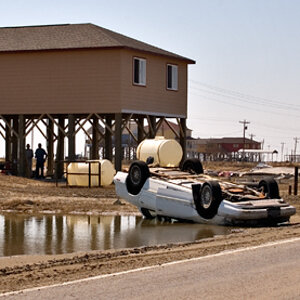
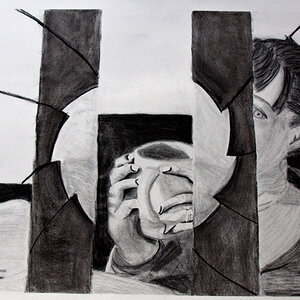
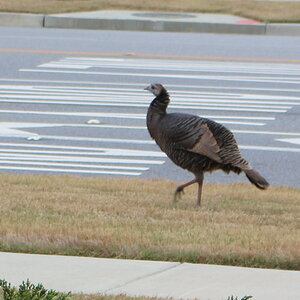
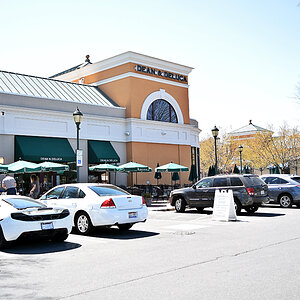
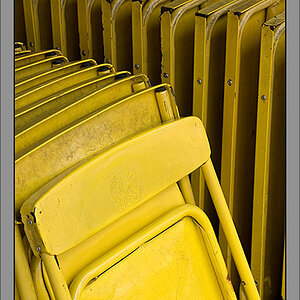
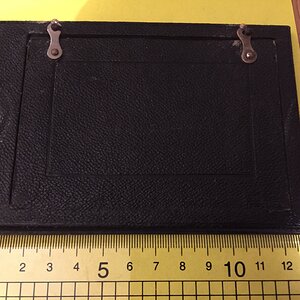
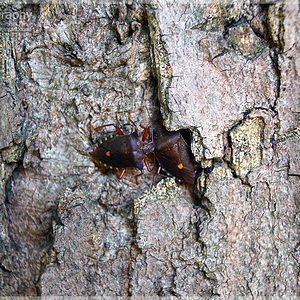
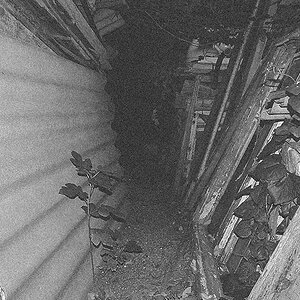
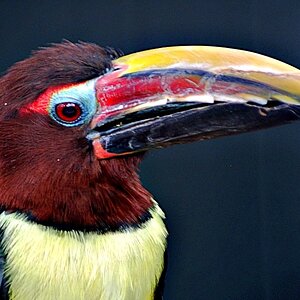
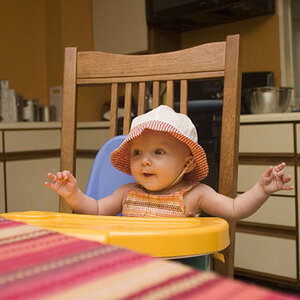
![[No title]](/data/xfmg/thumbnail/32/32632-476f3d925401f13cffe1cc2b41945614.jpg?1619735553)
